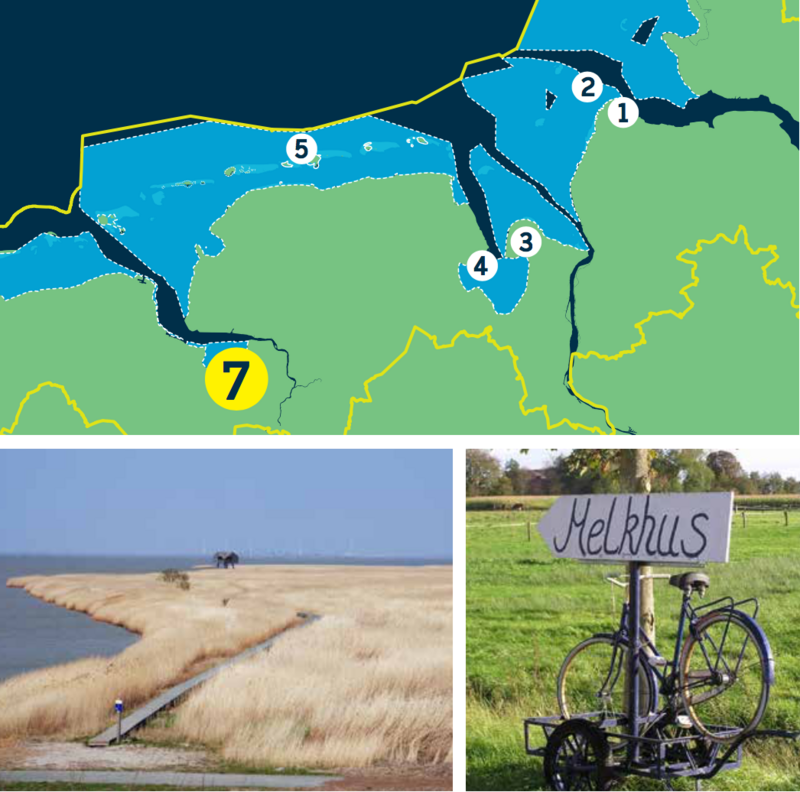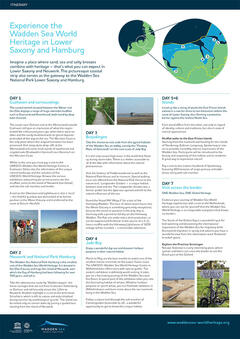Imagine a place where sand, sea and salty breezes combine with heritage – that’s what you can expect in Lower Saxony and Neuwerk. The picturesque coastal strip also serves as the gateway to the Wadden Sea National Parks of Lower Saxony and Hamburg.
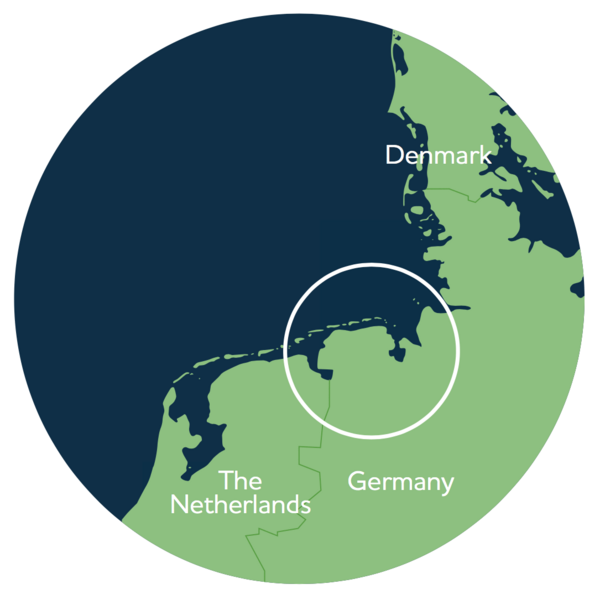
Day
1
Cuxhaven and surroundings
The coastal stretch located between the Weser and the Elbe displays several vast intertidal mudflats such as Eversand and Knechtsand, both laced by deep tidal channels.
The coasts near Duhnen and at the Wernerwald outside Cuxhaven still give an impression of what the region looked like a thousand years ago when there were no dikes and the sandy heathland with its glacial deposits protruded all the way to the sea. The Wursten Coast is the only place where this original transition has been preserved. Visit steep dune drop-offs at the Wernerwald and some small stands of weathered and crippled oaks (Krattwald in German) near Berensch on the Wursten Coast.
Whilst in the area you should make sure to visits the UNESCO-Wadden Sea World Heritage Center in Cuxhaven. You will find a wealth of information on this unique natural landscape and the activities of the UNESCO-World Heritage. Check out the various exhibitions and participate in excursions into the mudflats, some to the island of Neuwerk (see below), and into the salt marshes and heaths.
A visit to the Obereversand Lighthouse is also a ‘must’ – this faithful guardian was dismantled at its former position in the Weser Estuary and transferred to the coast at Dorum-Neufeld.

Day
2
Neuwerk and National Park Hamburg
The Hamburg Wadden Sea National Park is the smallest part of the Wadden Sea World Heritage. It is located in the Elbe Estuary and hugs the island of Neuwerk, over which the flag of Hamburg has been billowing for over 700 years.
Take the adventurous route by ‘mudflat carts’, the horse carriages that set out from Cuxhaven-Sahlenburg or Duhnen and roll leisurely across the 12km to Neuwerk. Another highlight is a visit to the bird island, Scharhörn, which is left to nature and only inhabited during summer by ornithological ‘guards’. The island can be visited only on certain dates by joining a guided tour starting from the island of Neuwerk.
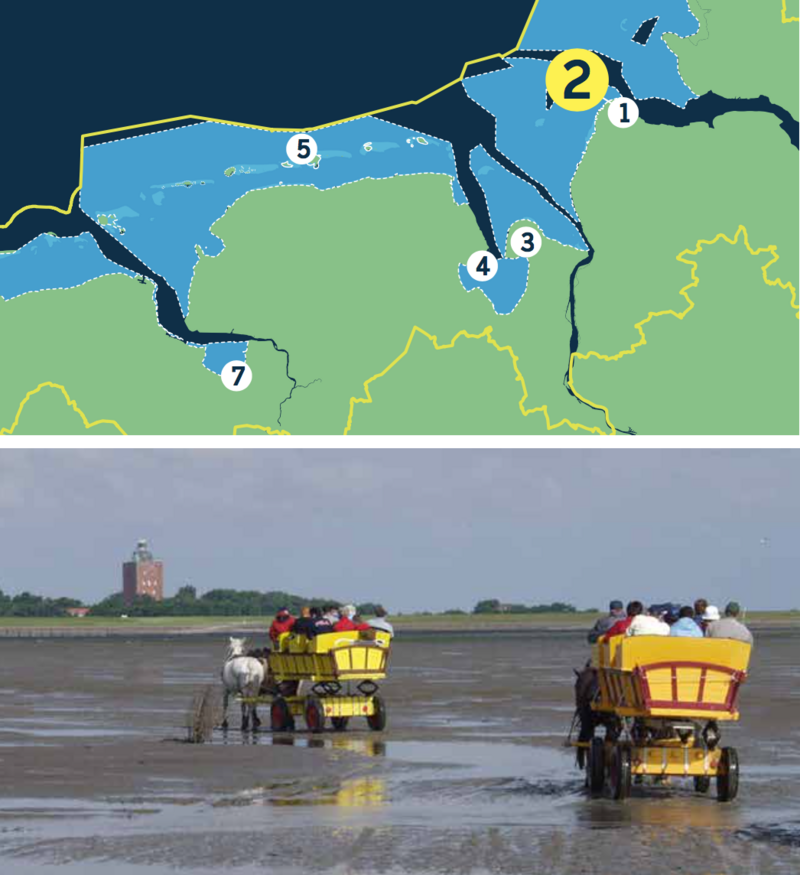
Day
3
Butjadingen
Do not miss the opportunity to visit a truly unusual habitat of the Wadden Sea – the 'Floating Moor of Sehestedt' on the east coast of Jade Bay. It is the only coastal high moor in the world that floats up during storm tides. There is a shelter accessible to all at the dike with information about this natural phenomenon.
Visit the harbour of Fedderwardersiel as well as the National Park House and its museum. Special walking tours are offered from the National Park House to the nature trail, ‘Langwarder Groden’ – a unique habitat between land and sea. The Langwarder Groden was a former polder but the dike was opened and the area was left to the natural influences of the sea.
Board the Vessel MV ‘Wega II’ for a visit of the Hoheweg Wadden. This tour of about seven hours into the Weser Estuary is something genuinely exceptional, because the vessel in question is the only ship in Germany with a permit to fall dry on the Hoheweg Wadden. The flats are under extra strict protection, as can be experienced at first hand. In the course of a 2-2½ hours mudflat walk the Hoheweg Lighthouse of 1858 vintage will be rounded – a memorable adventure.
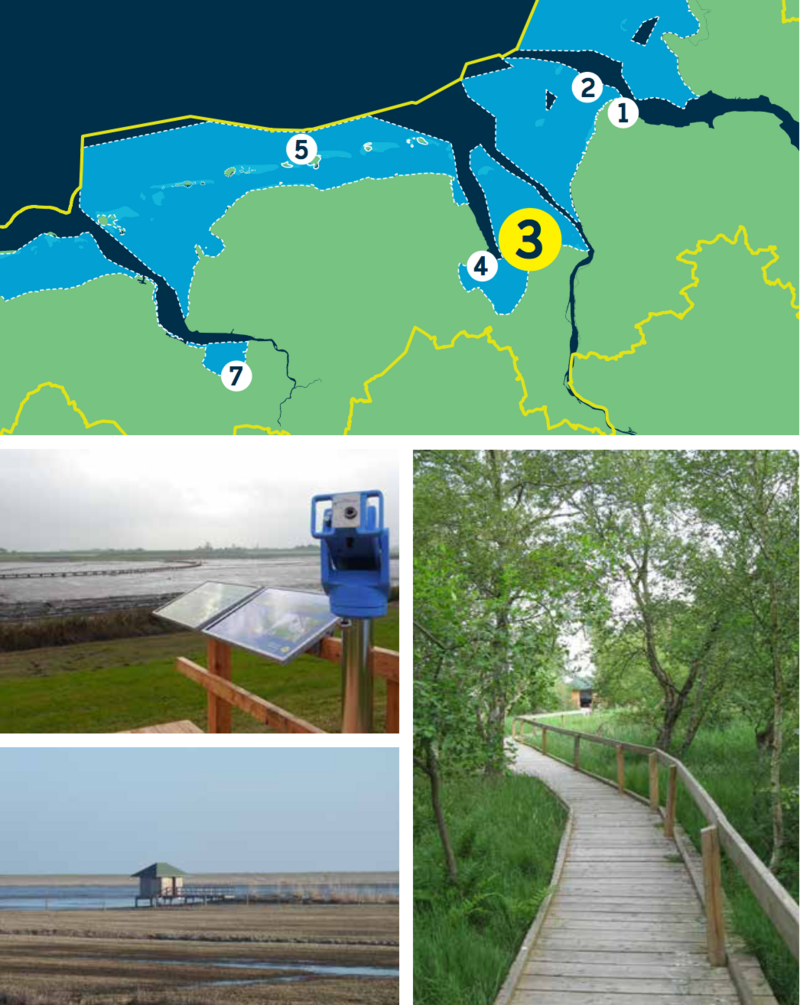
Day
4
Jade Bay
Enjoy a wonderful day out and discover harbour porpoises in their natural habitat.
March to May are the best months to watch these small, dolphin-like marine mammals on the Lower Saxon coast. The UNESCO-Wadden Sea World Heritage Center in Wilhelmshaven offers tours with special guides. The center’s five-floor exhibition is definitely worth visiting. It takes you on a fascinating journey of the Wadden Sea. A special part of the exhibition takes you into the intriguing habitat of whales. Whether harbour porpoise or sperm whale: you can find both skeletons in Wilhelmshaven and learn more about the sea mammals living in the Wadden Sea.
Follow a nature trail through the salt marshes of Cäciliengroden (accessible to all ), a wonderful opportunity to get to know this unique habitat.
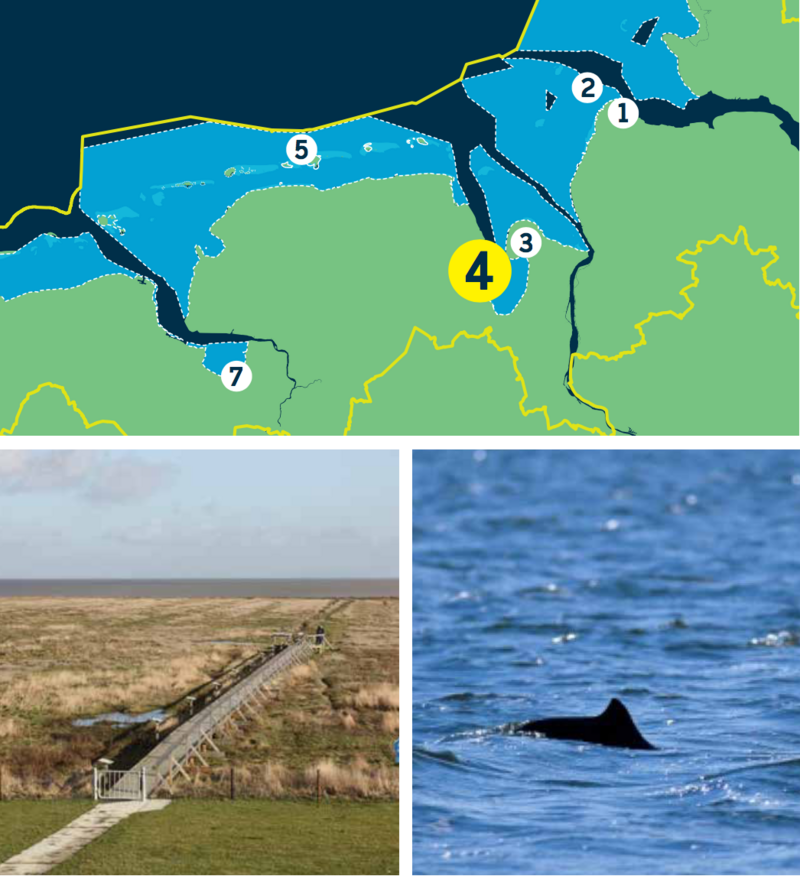
Day
5+6
Islands
The East Frisian Islands are lined up like a string of pearls three to ten kilometres off the coast of Lower Saxony, thus forming a protective barrier against the restless North Sea.
Each island differs from the other, not only with regard to identity, culture and traditions, but also in terms of appearance.
Mudflat walks to the East Frisian Islands
Starting from the mainland and heading for the islands of Norderney, Baltrum, Langeoog, Spiekeroog (or the other way around) provides incredibly intense impressions of the Wadden Sea. Participants will be introduced to the beauty and singularity of this habitat and its residents. A great way to experience nature!
Pay a visit to the eastern headland of Spiekeroog, featuring 900 hectares of virgin primary and older dunes along with salt marshes.
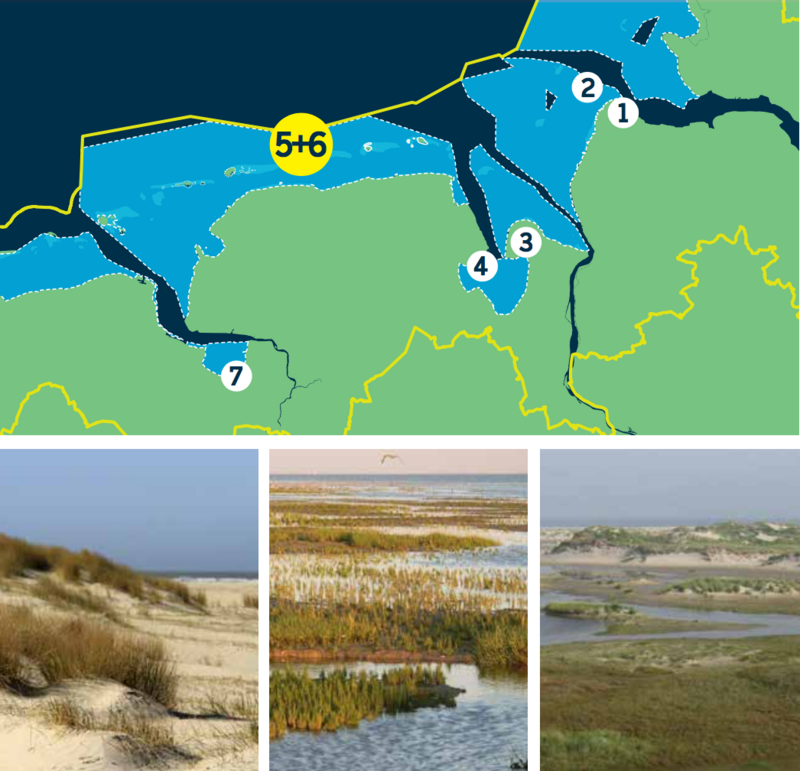
Day
7
Take a trip across the border
ONE Wadden Sea, ONE Global Heritage
Continue your journey of Wadden Sea World Heritage experiences with a visit to the Netherlands, where you can see for yourself that the Wadden Sea World Heritage is continuous ecosystem that knows no borders.
The south of the Dollard Bay is a wonderful spot for bird watching and discovering the international importance of the Wadden Sea for migratory birds. During bird migration in spring and autumn you have a wonderful view from the observation point ‘Kiekkaste’ to watch geese.
Nieuwe Statenzijl is a very interesting place where cyclists and hikers can cross the border to see the Dutch part of the Dollard.
